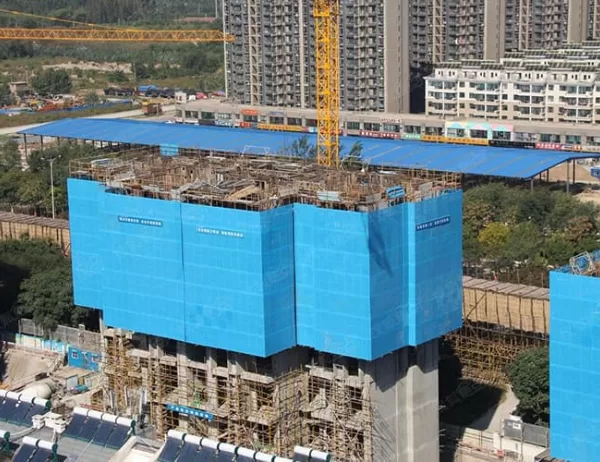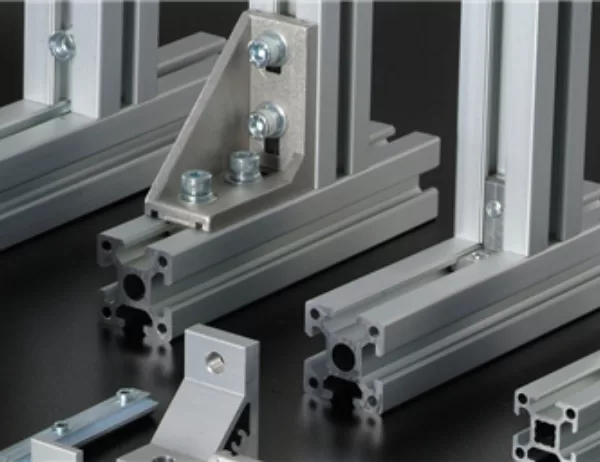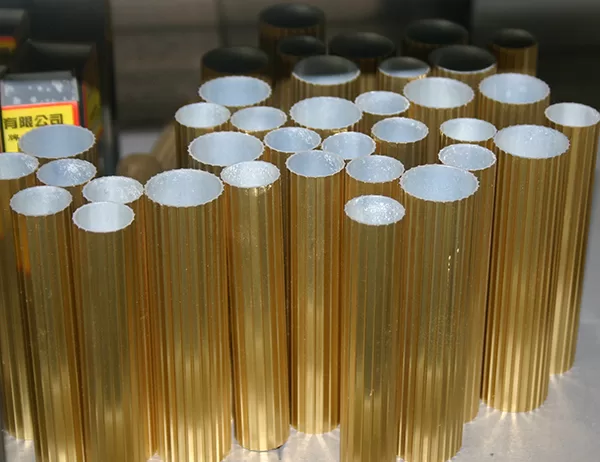The aluminum tube manufacturing industry is rapidly evolving, driven by the need for lightweight, durable, and cost-effective materials. Emerging technologies are transforming various aspects of the manufacturing process, enabling the production of high-quality aluminum tubes with enhanced properties and efficiency. This article explores the latest advancements in aluminum tube manufacturing, highlighting their benefits and potential impact on the industry.
Extrusion is a fundamental process in aluminum tube manufacturing, and advancements in extrusion technology have significantly improved tube quality and efficiency. One notable technology is hot-isostatic pressing (HIP), which involves subjecting extruded tubes to high pressure and temperature. HIP eliminates internal porosity and improves the mechanical properties of the tubes, resulting in enhanced durability and strength.
Another innovative extrusion technique is friction stir welding (FSW). FSW welds aluminum tubes without melting the base metal, producing strong, lightweight, and corrosion-resistant joints. This technology is particularly advantageous for producing tubes with complex geometries or for joining dissimilar metals.
The alloying composition of aluminum tubes plays a crucial role in determining their properties. Advanced alloy development techniques are enabling manufacturers to create alloys with tailored microstructures and enhanced performance. High-strength aluminum alloys, such as 7XXX series and Al-Li alloys, are increasingly used in aerospace and automotive applications due to their exceptional strength-to-weight ratios.
Microalloying techniques, which involve adding small amounts of specific alloying elements, can significantly enhance the properties of aluminum tubes. For example, the addition of scandium or zirconium improves the strength and weldability of aluminum alloys, while copper enhances electrical conductivity.
Surface treatment technologies have a profound impact on the corrosion resistance, appearance, and functionality of aluminum tubes. Anodizing, a process that forms a protective oxide layer on the tube surface, is extensively used to improve corrosion resistance and enhance aesthetic appeal. Advanced anodizing techniques, such as hard anodizing and nano-anodizing, provide even higher levels of protection and durability.
Electrophoretic deposition (EPD) is another promising surface treatment technology. EPD involves depositing a thin, conformal coating on the tube surface, which can enhance corrosion resistance, wear resistance, and thermal insulation. The coating materials used in EPD can be tailored to meet specific requirements, such as electrical conductivity or antimicrobial properties.
Ensuring the quality and integrity of aluminum tubes is critical in various applications. Advanced inspection technologies, such as ultrasonic and eddy current testing, enable non-destructive evaluation of tubes to detect defects, cracks, and inconsistencies. These techniques are highly sensitive and can detect flaws in the tube wall or welds, preventing the release of defective products.
In-process monitoring systems, equipped with sensors and data analytics, provide real-time monitoring of the manufacturing process. These systems detect deviations from optimal conditions and trigger corrective actions, ensuring consistent product quality and minimizing waste.
The aluminum tube manufacturing industry is increasingly focused on sustainability. Emerging technologies are enabling the adoption of environmentally friendly processes and materials. For instance, closed-loop recycling systems minimize waste and reduce the environmental impact of tube production.
Additive manufacturing, also known as 3D printing, offers the potential for creating lightweight, complex-shaped aluminum tubes with reduced material consumption and waste generation. This technology enables the production of tubes with intricate geometries and customized features, eliminating the need for complex machining operations.
Emerging technologies are revolutionizing aluminum tube manufacturing, transforming various aspects of the process. Advanced extrusion techniques, optimized alloying, innovative surface treatment methods, enhanced inspection and quality control, and sustainable manufacturing practices are contributing to the production of high-quality, lightweight, and durable aluminum tubes. These advancements not only meet the evolving demands of various industries but also pave the way for innovative applications and sustainable solutions in the future.




